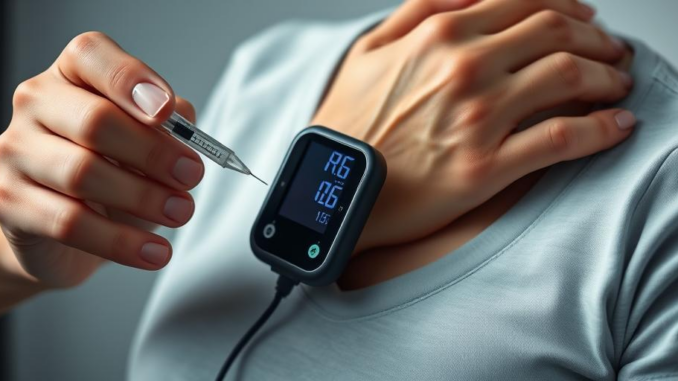
Summary
Scientists have developed the world’s smallest pacemaker, a device smaller than a grain of rice, injectable, and activated by light. This innovative pacemaker dissolves in the body after its use, eliminating the need for surgical removal. This breakthrough has significant implications for newborns with congenital heart defects and could revolutionize temporary pacing in adults.
TrueNAS by Esdebe: healthcare data storage that delivers value without sacrificing security.
** Main Story**
Okay, so, you’ve probably heard about this new pacemaker, right? It’s absolutely tiny, like, smaller than a grain of rice. It’s a pretty big deal, especially when you consider its potential impact on newborn care.
A Light-Activated Marvel
What’s really cool is how it works. Forget about wires and surgery. This thing’s injected with a syringe, and then a light patch activates it from outside the body. Sounds like science fiction, doesn’t it? The device uses light to get your heart going. A patch worn on the patient’s chest picks up on any irregular beats and then emits light pulses, activating the pacemaker. I think its very clever and useful for certain patients.
Revolutionizing Newborn Care
Think about those tiny babies born with heart problems. So many, I believe around 1 in 100, need some kind of pacing after surgery, and traditional pacemakers can be tough on them. This little guy dissolves after it’s done its job, meaning no second surgery. Isn’t that amazing? No more worrying about infections and bleeding that can come with surgery.
Benefits Beyond Newborns
But it’s not just for newborns. Adults who need temporary pacing could benefit too. You know, the idea of something less invasive is always a win. As well as this, the really amazing thing is, its small size and light activation might mean it has uses outside of hearts altogether. The researchers are even talking about nerve regeneration and wound healing, which is absolutely incredible. On the other hand, getting it approved for all these uses could take time. And, you know, more funding!
A Glimpse into the Future
They’ve tested it on animals – mice, rats, even dogs and pigs – and on human heart tissue. Human trials might start in two or three years. Can you imagine the impact it could have? This isn’t just about making current treatments better, it’s about opening up a whole new world of bioelectronic medicine. Anyway, It is a very exciting prospect. It just goes to show you what can happen when clever people put their minds to solving a problem. A real testament to human ingenuity, I’d say. It shows that it can create medical solutions that, not only are less invasive, but are also better for everyone.


The dissolving aspect is particularly compelling. The reduction of secondary procedures to remove implanted devices could significantly decrease patient risk and healthcare costs. Further research into biocompatible materials for medical devices promises even more advancements.
Thanks for highlighting the dissolving aspect! I agree that the potential for reduced patient risk and healthcare costs is huge. The advancements in biocompatible materials are also really promising, opening doors to less invasive and more effective medical solutions for various conditions. It’s an exciting field to watch!
Editor: MedTechNews.Uk
Thank you to our Sponsor Esdebe